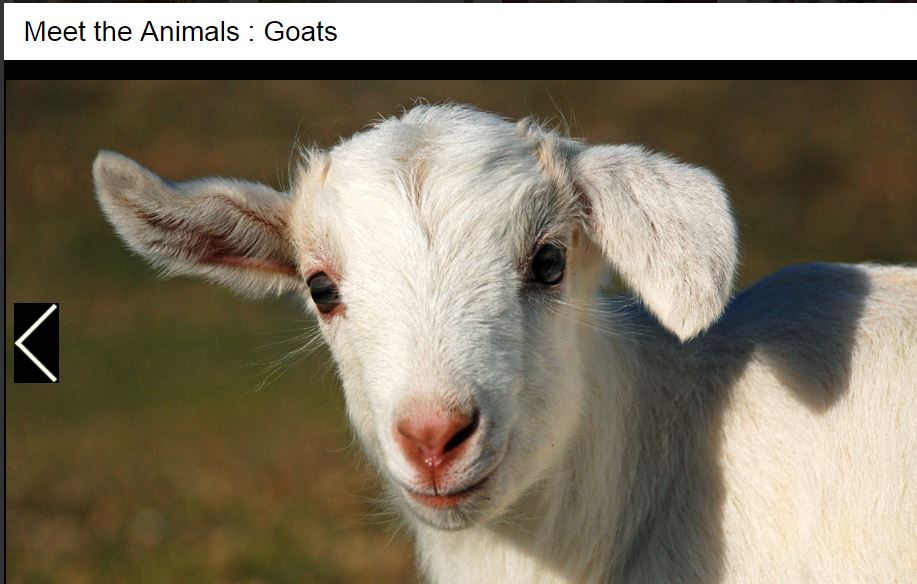Setting Goals For 2016: Editorial Calendar
Post by Robbi Hess
Up until now we have reviewed last year’s successes and discussed your blog and business plan. We’ve also covered putting your 2016 blog plan into place. To wrap up, we will cover the need for an editorial calendar, how to set one up and offer a downloadable editorial calendar and monthly theme template for you to use. Like many bloggers, when I started out I used the “seat of my pants” method for blogging. What does that mean? When I had time to blog, I would. When I had a “brilliant” idea I would blog. When the Muse came down and tapped me on the shoulder I would blog.
I quickly found that if I wanted to make a living as a writer, blogger and editor I needed to be more focused and purposeful in my blogging efforts. I couldn’t leave getting my own blogs done to chance. I had editorial calendars and marketing strategies in place for my clients, why didn’t I do the same for my business? My only excuse was “I didn’t have time.” What?! How could I expect to bring in more clients and be able to afford to continue working from my home office with my diva poodle at my side if I didn’t devote as much time to my own blogging? If I met a potential client at a networking event would I want to send him or her to my website so they could see that I hadn’t put any effort into my own blogging in a few months? Not really.
What could I do? I took a day off from client work and devoted my time to my own business. I spent the day setting up an editorial calendar for the upcoming quarter. I filled it in with upcoming pet and business holidays that I found on various online sites. I penciled in guest posters and interviews with industry experts. I brainstormed blog ideas based around a monthly theme for the upcoming three months. By the time I was done I had three months worth of ideas, plans in place for where and how I would promote those blogs once they were written and a huge sense of accomplishment. I no longer had to be a “do as I say, not as I do” service provider to my clients. I was doing exactly what I told them they needed to do: Blog consistently and share expertise.
Here are some tips for putting your 2016 Editorial Calendar together:
- Choose a blogging schedule. Will you blog daily? Twice a week? Three times a week? Once you determine this you will want to know on which days you will blog. After you have this noted, write down on your calendar which days you will blog. Consistency and quality are better than quantity.
- Know your audience. If you don’t know who you’re blogging for, you won’t be writing topics that have any meaning to your readers. Know why your readers come to your blog and feed them what they want to read.
- Determine the blog categories you will have on your website, understand why you chose them and then blog under each category with regularity. The blog categories could go a long way in helping you formulate your blog calendar. If, for example, you have blog categories of: social media for pet bloggers, how to for pet parents, travel tips for cat owners and pet health news. (Note, this is an awfully broad array and I think you’d have a hard time capturing loyal readers, but… if those were your categories, I suggest planning at least one blog post under each category in your calendar.) Note the category, assign it to a week/day and then you have a jumping off point for blog post ideas. Here is a great resource to use when formulating killer headlines for your blog posts.
- Spend time brainstorming blog post ideas. Use a headline generator program, drop in your blog’s keywords and see what kind of ideas pop up. I recommend spending a few hours brainstorming as many ideas as you can in that time frame. Don’t reject any idea that pops into your head — write it down because it may turn into something more relevant at a later date. Having a notebook or a document on your computer on which you can note any ideas is a great way to keep your blogging well full. Once you start actively looking for ideas, they will come to you more easily.
- Look online for holidays and special events in your area of expertise and note those on your editorial calendar. If there is a “hug your dog or cat day” and you blog about cats or dogs, that would be a great blog post topic and would put you into a trending topic. If Christmas or Valentine’s Day or Memorial Day are on your planning schedule, make note of them and chances are you will be able to find an idea about which to write for every holiday you come across.
- Set aside time to write your blog posts. It’s great to have an editorial calendar, but if you’re not blogging, then what did you do all of that work for? In your daily or weekly schedule you need to carve out time to get your blogging done. If you set aside an hour for one blog post but find you can write two posts in an hour, then go for it — you will be ahead of the game. Write the post, schedule it for the next day you’ve noted as when you will blog next. The next time you sit down to blog you will be able to stay ahead of the calendar.
- Remember that your editorial calendar is a living, breathing document. Refer to it frequently. Make changes as necessary. Note any major successes in blog traffic or comments and then vow to write more posts like those.
Do you write from an editorial calendar? Do you find it easier to do than just winging it when it comes time to post?
(Photo: Shutterstock kitten on keyboard)




